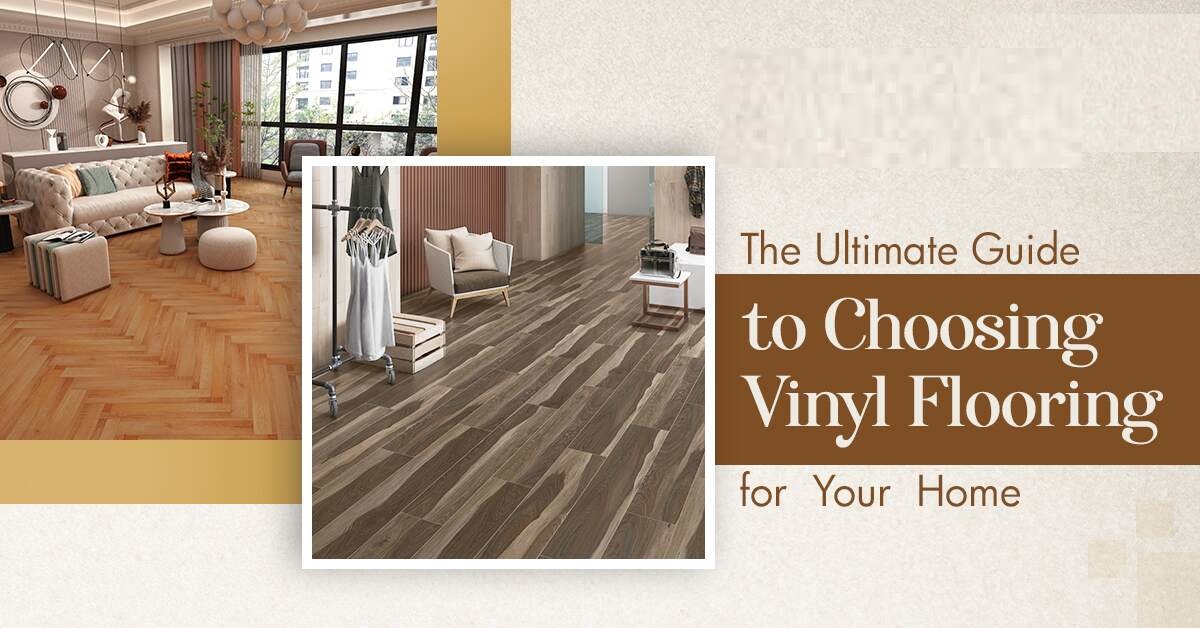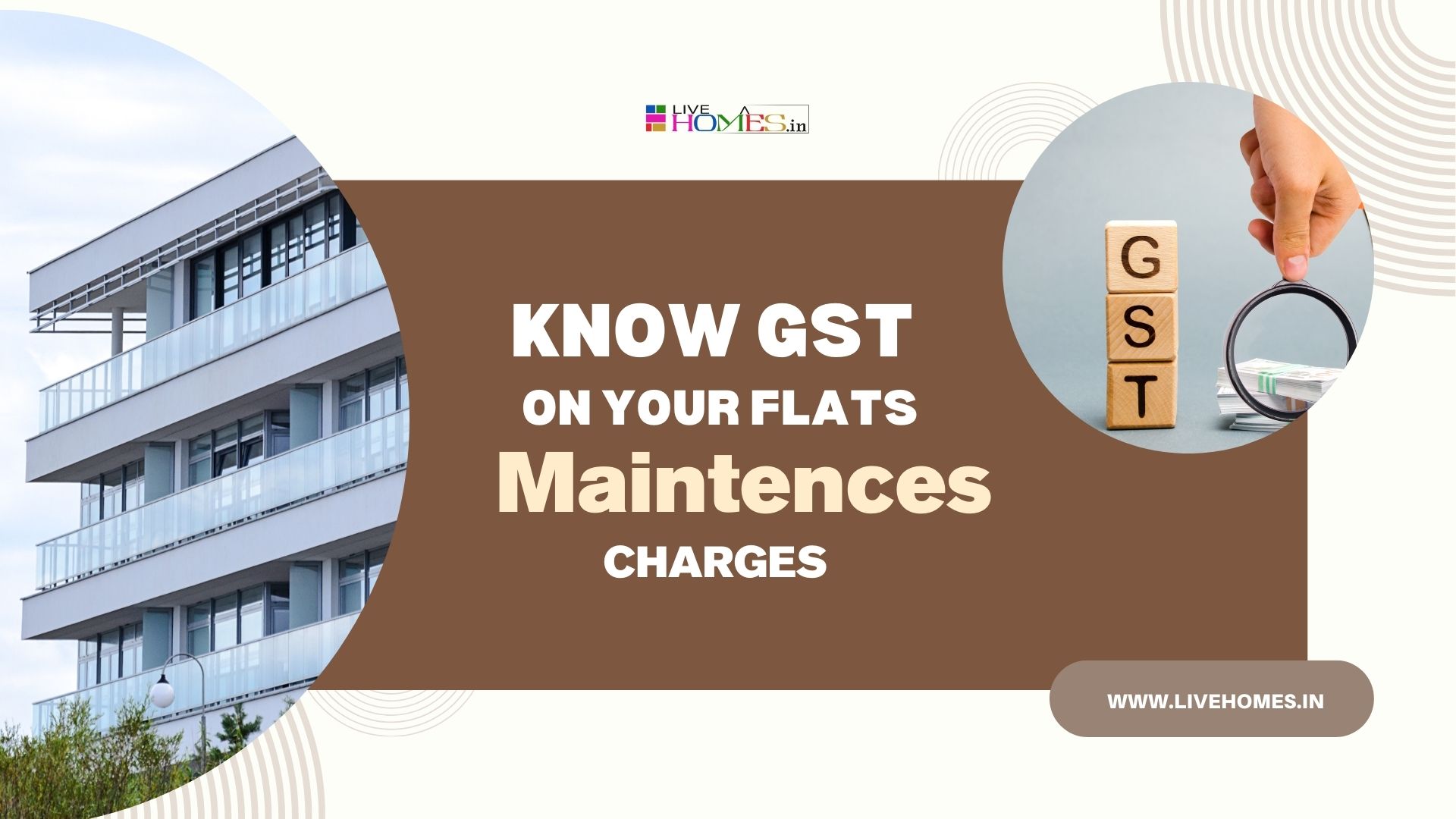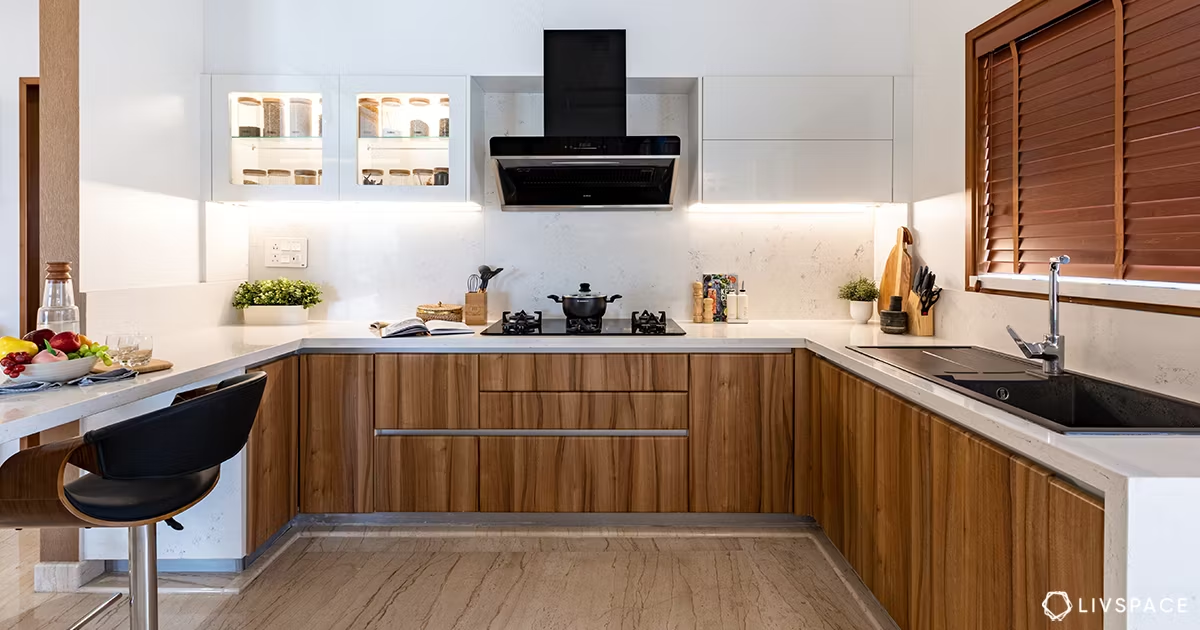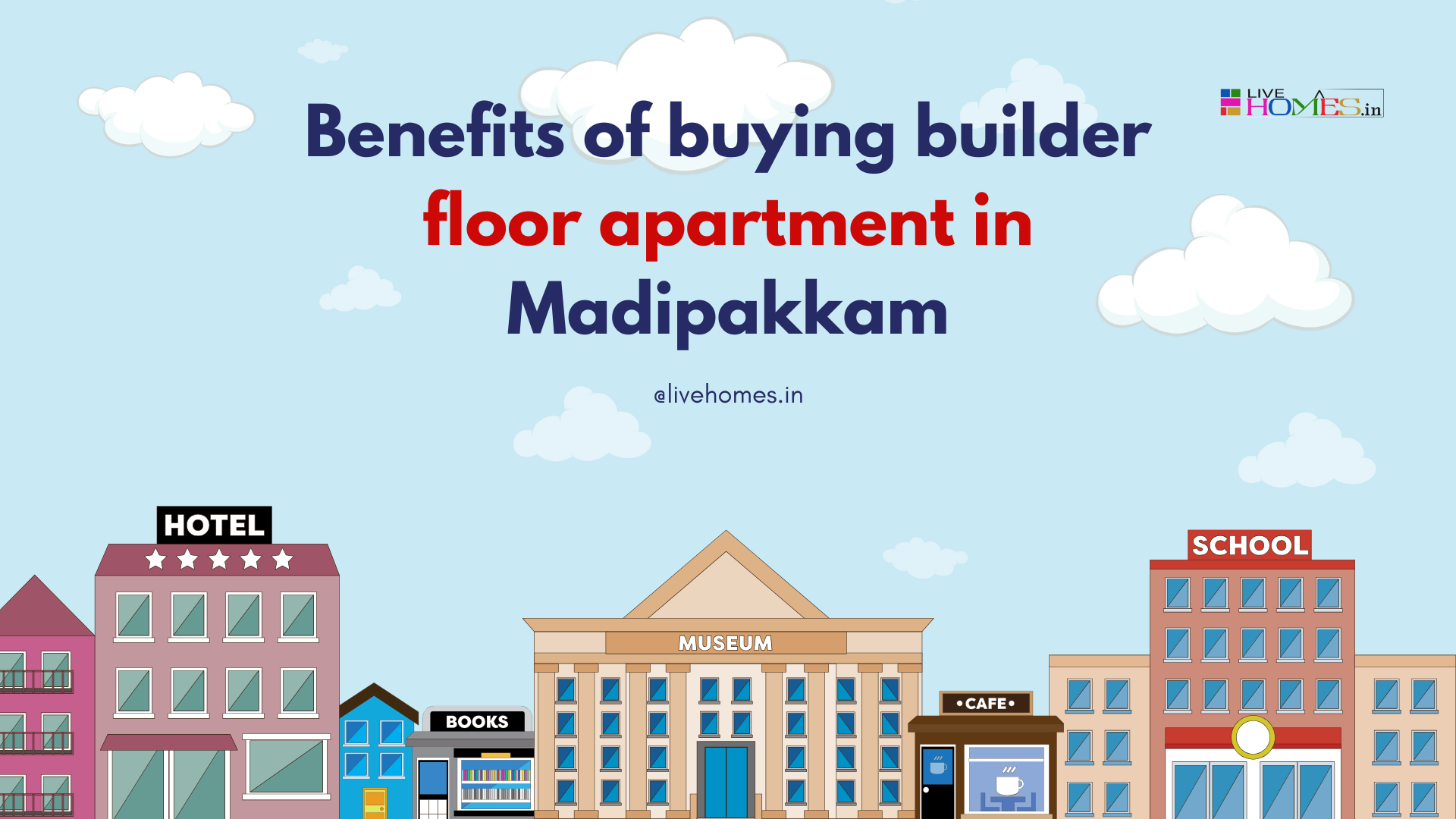Vinyl flooring is a popular type of resilient flooring made primarily from polyvinyl chloride (PVC). It is well-known for its durability, water resistance, and ease of maintenance, making it a great choice for various settings, including residential, commercial, and even industrial spaces. Here’s a detailed overview of vinyl flooring:
- Types of Vinyl Flooring
1. Sheet Vinyl Flooring:
- Comes in large, continuous, flexible sheets.
- Seamless and great for moisture-prone areas such as bathrooms and kitchens.
- Available in a wide range of patterns and colors, including those that mimic natural materials like wood or stone.
2. Vinyl Plank Flooring (LVP - Luxury Vinyl Plank):
- Designed to mimic the appearance of hardwood floors.
- Planks are typically 4 to 6 inches wide and 3 to 4 feet long.
- Can be installed in various patterns, including staggered or herringbone.
3. Vinyl Tile Flooring (LVT - Luxury Vinyl Tile):
- Mimics the appearance of natural stone or ceramic tiles.
- Comes in square or rectangular shapes.
- Can be grouted for a more realistic tile look.
- Layers of Vinyl Flooring
Vinyl flooring typically consists of several layers:
1. Wear Layer:
- The topmost layer is transparent and provides resistance to scratches, stains, and scuffs.
- The thickness of the wear layer is crucial to the durability of the flooring; thicker wear layers offer more protection.
2. Decorative Layer:
- This layer features the printed design or pattern of the flooring, such as wood grain, stone, or abstract designs.
- Advanced printing technology allows for highly realistic visuals.
3. Core Layer:
- Provides the base for the flooring’s strength and durability.
- Can be made of a rigid or flexible vinyl composition. Some vinyl flooring also includes a waterproof core for added moisture resistance.
4. Backing Layer:
- The bottom layer adds stability and provides cushioning.
- Some vinyl flooring comes with an attached underlayment that offers additional comfort underfoot and sound absorption.
- Installation Methods
1. Glue-Down:
- Requires adhesive to stick the flooring to the subfloor.
- Offers a strong, permanent bond, suitable for high-traffic areas.
- Ideal for both sheet vinyl and tiles/planks.
2. Click-Lock (Floating Floor):
- Planks or tiles click together and "float" above the subfloor.
- Easier to install and often used in DIY projects.
- Can be installed over existing floors without the need for adhesive.
3. Loose Lay:
- Flooring planks or tiles are laid loosely over the subfloor.
- Uses friction and weight to stay in place, often reinforced by perimeter adhesive or tape.
- Easy to replace individual planks or tiles if damaged.
| "Best Builders Floor Apartment in Chennai" |
- Benefits of Vinyl Flooring
- Water Resistance: Highly resistant to water, making it ideal for kitchens, bathrooms, and basements.
- Durability: Vinyl flooring is designed to withstand high traffic and heavy use.
- Easy Maintenance: Simple to clean with regular sweeping and occasional mopping.
- Comfort: Provides a softer, warmer feel underfoot compared to materials like ceramic tile.
- Affordability: Generally more cost-effective than natural materials like wood or stone.
- Considerations When Choosing Vinyl Flooring
- Thickness and Wear Layer: Choose a thicker wear layer for high-traffic areas to ensure longevity.
- Pattern and Color: Select a design that complements your interior decor.
- Installation Method: Determine whether you prefer a glue-down, click-lock, or loose-lay installation based on your needs and skill level.
- Subfloor Condition: Ensure the subfloor is clean, dry, and level for the best results.
Vinyl flooring offers a versatile and durable option for many types of spaces, combining aesthetic appeal with practical benefits.
https://www.livehomes.in/blogs













